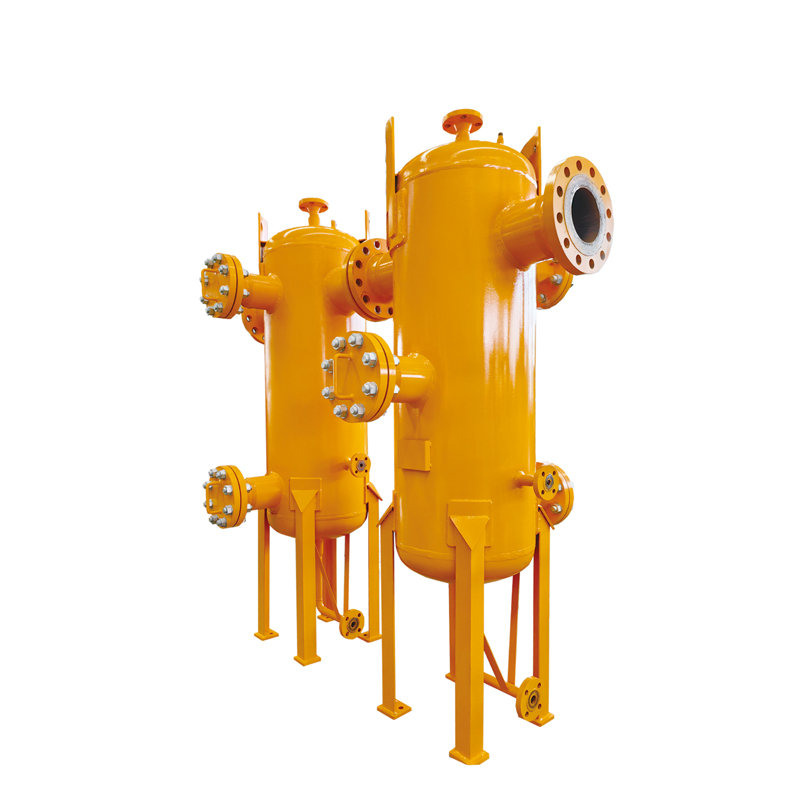
Dec . 04, 2024 16:26
Back to list
Understanding the Importance of Safety Relief Valves in Industrial Applications
Understanding Safety Relief Valves A Critical Component for Industrial Safety
Safety relief valves are essential devices used in various industrial applications to prevent excessive pressure build-up in systems, ensuring safety and maintaining operational efficiency. These valves act as a line of defense against potential hazards arising from overpressure situations, which can lead to catastrophic failures, equipment damage, or even loss of life.
What is a Safety Relief Valve?
A safety relief valve is designed to open automatically and discharge a specified amount of fluid when the pressure within a system exceeds a predetermined limit. Once the pressure drops back to a safe level, the valve reseals, preventing any further flow. This mechanism allows for the safe release of pressure without requiring manual intervention, making it a vital safety feature in many industries.
Types of Safety Relief Valves
There are primarily two types of safety relief valves relief valves and safety valves. Relief valves are typically used in liquid applications, while safety valves are employed in gas applications. The main difference lies in their construction and operational characteristics. Safety valves offer a quicker response time and are designed to relieve pressure quickly, whereas relief valves can handle both pressure and vacuum conditions.
Additionally, there are pilot-operated safety relief valves, which utilize a small pilot valve to control the opening and closing of the main valve
. This type offers greater accuracy and can manage higher pressures, making it suitable for more demanding applications.safety relief valve

Applications of Safety Relief Valves
Safety relief valves are used across a multitude of industries, including oil and gas, chemical manufacturing, power generation, and food processing. In oil and gas facilities, for example, these valves protect pipelines, storage tanks, and reactors from the hazards associated with high pressure. In the chemical industry, they help manage risks associated with volatile substances, ensuring that manufacturing processes remain safe and compliant with regulations.
One common use is in steam systems, where safety relief valves prevent boiler pressure from exceeding safe limits. An improperly functioning valve can lead to boiler explosions, which have severe implications for both human safety and property.
Importance of Regular Maintenance
To ensure the proper functioning of safety relief valves, regular maintenance and testing are critical. Over time, wear and tear can affect a valve's performance. Routine inspections help identify issues such as corrosion, sediment build-up, or mechanical failures. Organizations must adhere to specific standards and guidelines, such as those set by the American Society of Mechanical Engineers (ASME) or the National Board of Boiler and Pressure Vessel Inspectors.
Conclusion
In conclusion, safety relief valves are indispensable components in industrial operations, designed to mitigate risks associated with overpressure conditions. Their role in protecting equipment and ensuring the safety of personnel cannot be overstated. As industries continue to evolve and escalate in complexity, the importance of safety relief valves will likely grow, reinforcing the need for strict compliance and regular maintenance practices. Investing in high-quality safety relief valves and maintaining them diligently not only aligns with regulatory requirements but also fosters a safety culture that benefits all stakeholders involved.
Latest news
-
Safety Valve Spring-Loaded Design Overpressure ProtectionNewsJul.25,2025
-
Precision Voltage Regulator AC5 Accuracy Grade PerformanceNewsJul.25,2025
-
Natural Gas Pressure Regulating Skid Industrial Pipeline ApplicationsNewsJul.25,2025
-
Natural Gas Filter Stainless Steel Mesh Element DesignNewsJul.25,2025
-
Gas Pressure Regulator Valve Direct-Acting Spring-Loaded DesignNewsJul.25,2025
-
Decompression Equipment Multi-Stage Heat Exchange System DesignNewsJul.25,2025

